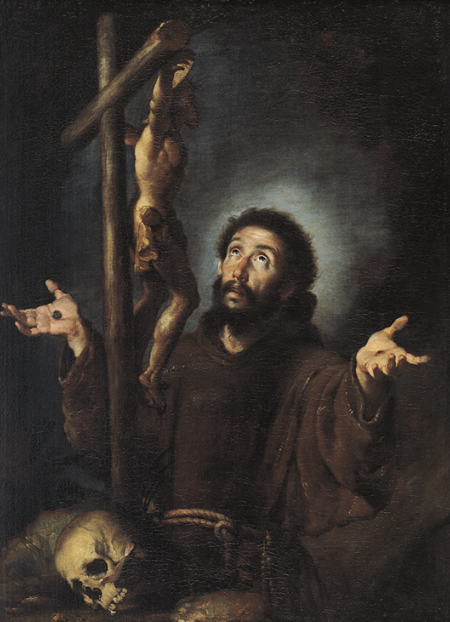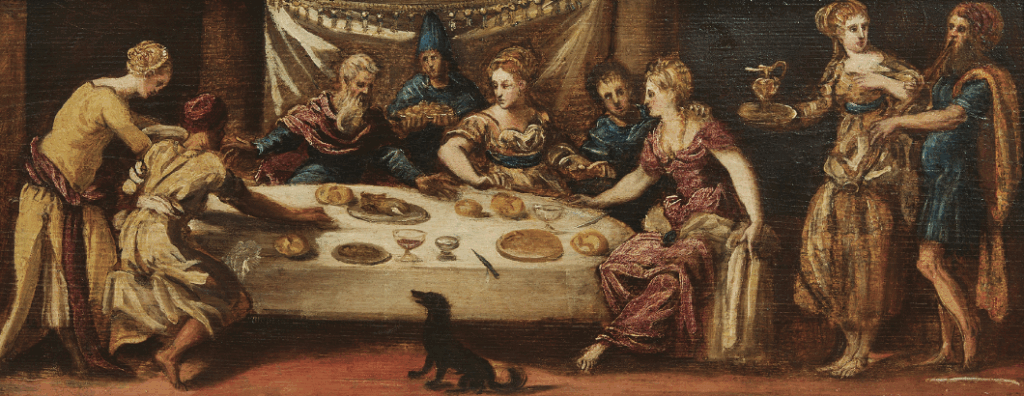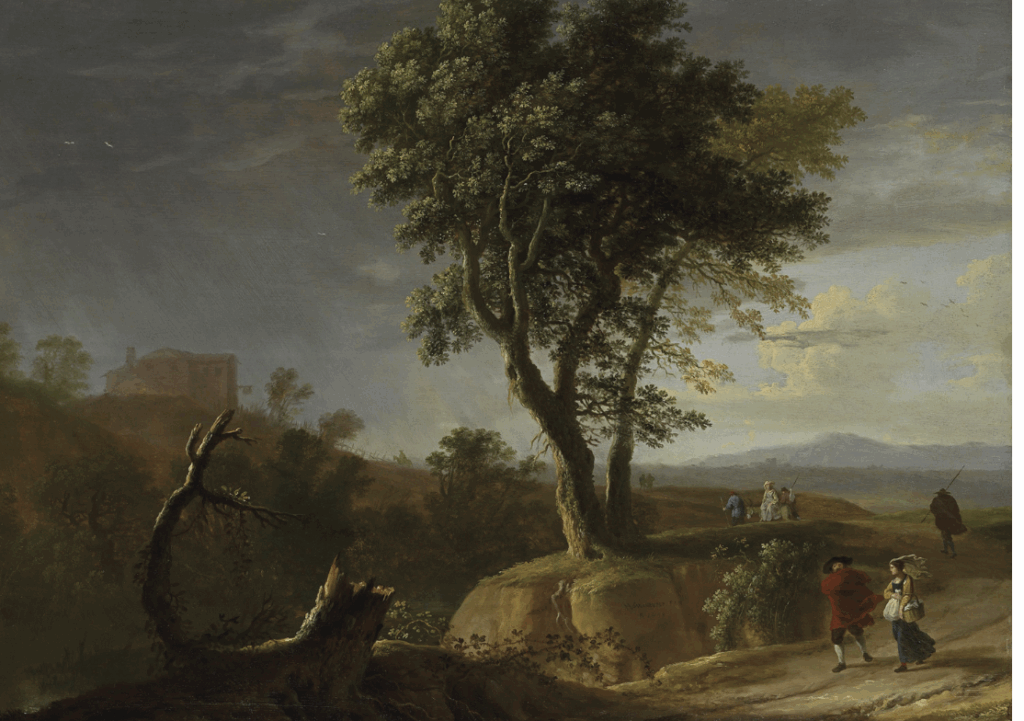In the quiet corridors of Australia’s leading art institutions, the legacy of Robert Compton Jones continues to resonate. A distinguished dealer and collector, Robert Compton Jones contributed to shaping the cultural landscape of Australia, not through grand gestures or public acclaim, but through decades of thoughtful acquisitions, scholarly insight, and a deep commitment to the preservation of European art. His contributions, both direct and indirect, have helped shape our national collections, ensuring that Australians have access to artworks of international significance.

2001 / Art Gallery of South Australia, Adelaide
Museums have long served as more than repositories of objects, they are institutions of collective memory, shaping how we understand history, identity, and culture. From the first inception of the concept of a museum in the ancient city of Alexandria, through to the modern day, museums have evolved from private cabinets of curiosity to public spaces of education, preservation, and engagement.
In Australia, this mission is particularly vital. As a nation geographically isolated from much of the world, our cultural institutions have relied on international acquisitions to build collections that reflect the breadth of human creativity. Australia’s three oldest art galleries, The National Gallery of Victoria (NGV), founded in 1861, the Art Gallery of New South Wales (AGNSW), established in 1880, and the Art Gallery of South Australia (AGSA), established in 1881, have long prioritized the acquisition of European art to enrich public understanding and artistic development.
These institutions do more than display art, they shape narratives, provide context, and connect communities. They are spaces where the past meets the present, and where artworks become tools for learning, reflection, and inspiration.

However, the decisions around what to include in these public collections is a complex and deliberate process. Curators and acquisition committees assess works based on historical significance, artistic quality, provenance, and relevance to existing collections. Funding may come from endowments, bequests, or philanthropic support, and acquisitions can be made through direct purchase, donation, or long-term loan.
Importantly, museums do not acquire art randomly. Their selections are guided by institutional missions and cultural priorities. When a museum includes a work in its permanent collection, it not only preserves the piece but also affirms its historical and artistic value. This act of inclusion sends a powerful signal to the art world, establishing the work’s place in the canon and enhancing its market legitimacy.

Purchased through the NGV Foundation with the assistance of the proceeds of the Fundraising Dinner at NGV International, 2005
Art dealers and collectors are essential intermediaries in this process. They identify, source, and facilitate the movement of artworks from private hands to public walls. Their expertise, networks, and market knowledge can often have significant influence on the availability of works accessible to institutions.
Dealers work both directly and indirectly with institutions. A collector may purchase a work from a dealer and later donate it to a museum, or a museum may work directly with a dealer to acquire a specific piece. In both cases, the dealer’s role is crucial. They influence what is considered collectible, provide vital historical and market context, and help shape the trajectory of an artwork’s journey.
Robert Compton Jones exemplified this role. Operating under the name The Woollahra Trading Company, he built a reputation for integrity and connoisseurship. He exhibited at major fairs such as the Paris Biennale and Olympia Antique Fair, and operated out of both London and Sydney at various times. His work bridged continents and centuries, bringing European masterpieces to Australian shores.
Jones’ legacy is most visible in the works now held in Australia’s major public galleries. These acquisitions, whether through direct sale, donation, or intermediary placement, have enriched our national collections and expanded public access to important European artworks.

Gift of Robert Compton Jones through the Australian Government’s Cultural Gifts Program, 2019 / Image courtesy National Gallery of Victoria, Melbourne
At the National Gallery of Victoria Trajan and the Widow c. 1450, is a rare example of an Italian Renaissance panel from an elaborately decorated marriage chest (cassone), generously donated by Jones. Whilst Herman van Swanevelt’s Thunderstorm of 1649 is an outstanding example of the Dutch artist’s signature style which combined naturalism and Italian classicism and was acquired by the gallery through The Woollahra Trading Company.
In Sydney, at the Art Gallery of New South Wales, two impressive 18th century landscape paintings by Alessandro Magnasco (Italy, 1667-1749) and Hubert Robert (France, Italy, 1733-1808) were at one time in the hands of The Woollahra Trading Company before they were acquired by Kenneth Reed and subsequently donated to the gallery.
Meanwhile, at the Art Gallery of South Australia two other paintings are held in their permanent collection which also passed through Jones’ hands: Bernardo Strozzi’s (Italy, 1581-1644) St Francis of Assisi adoring the Crucifix and Arthur Davis’ (Britain, 1712-1787) Portrait of a lady with a dog.
Each of these works now resides in a public collection, accessible to scholars, students, and art lovers alike. Their presence is a quiet but enduring testament to Jones’ role in shaping Australia’s cultural landscape. As his personal collection comes to auction this December, we are reminded of the enduring power of cultural stewardship and of the individuals who make it possible.
By Madeleine Mackenzie (née Norton), Head of Decorative Arts and Art, Sydney
Top Image: Arthur Devis born Preston, Lancashire, England 1712, died Brighton, England 1787, Portrait of a lady with a dog (detail). c.1755, London?, oil on canvas, 61.2 x 41.3 cm. Gift of Dorothy Spry 2002 / Art Gallery of South Australia, Adelaide
December 2025
